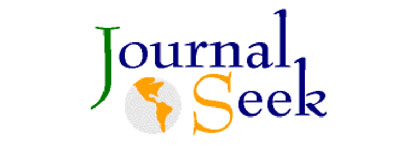Spatial Analysis and Risk Assessment of Heavy Metal in Aquaculture Sediment of Porong River Estuary
DOI:
https://doi.org/10.21776/ub.jpal.2017.008.02.09Abstract
Study on heavy metal contaminants in sediments provide major role because they have longer residence time. Increased levels of heavy metals in water which originally required for various metabolic processes may turn out to be toxic to aquatic organisms. The metal will be absorbed in the sediment then accumulated into microorganisms through the food chain. The purpose of this study is to analyze the spatial concentration of heavy metals in aquaculture’s sediments of in Porong River estuary. Firstly, this research was conducted by examined content of eight heavy metals in the sediment, then tested with ICP-MS instruments. Then, the calculation of some parameters was analyzed spatially with ArcGIS. IgeO Parameter of aquaculture sediment of Porong River Estuary from largest to smallest is are Hg> Pb> Cd> Mn> As> Cu> Zn> Co. EF value of aquaculture sediment of Porong river estuary from largest to smallest values are Hg> Pb> Cd> Mn> Cu> As> Zn> Co. DC Results obtained in all 12 stations of this study has value between is 27.47- 36.35 within the categorization Very High Degree of Contamination. ERI value shows that almost entirely area of Porong river estuary shows High Risk result.
Keywords: Aquaculture, Heavy metal contamination, Porong river estuary, Sediment, Spatial
Downloads
Published
Issue
Section
License
Authors who publish with this journal agree to the following terms:
- Authors retain copyright and grant the journal right of first publication with the work simultaneously licensed under a Creative Commons Attribution License that allows others to share the work with an acknowledgement of the work's authorship and initial publication in this journal.
- Authors are able to enter into separate, additional contractual arrangements for the non-exclusive distribution of the journal's published version of the work (e.g., post it to an institutional repository or publish it in a book), with an acknowledgement of its initial publication in this journal.
- Authors are permitted and encouraged to post their work online (e.g., in institutional repositories or on their website) prior to and during the submission process, as it can lead to productive exchanges, as well as earlier and greater citation of published work (See The Effect of Open Access).














